Did you know that in 2023, the U.S. experienced a record-breaking 28 separate weather and climate disasters, each costing over $1 billion in damages? From hurricanes to wildfires, these disasters not only threaten lives but also put rental properties at serious risk. As a landlord or property owner, being proactive can save you from costly damages and ensure the safety of your tenants.
In this guide, we’ll explore ways to protect your rental property from common natural disasters. We’ll also provide real-life scenarios and solutions to help you prepare effectively.
1. Preparing for Hurricanes: Strengthening Your Property Against Strong Winds and Flooding
Situation: You own a rental property in Louisiana, an area prone to hurricanes. Your tenant calls, worried about an approaching storm, unsure if the windows and doors can withstand strong winds.
Solution: Before hurricane season, inspect and reinforce windows and doors with storm shutters or impact-resistant glass. Elevate electrical systems and install sump pumps to prevent flood damage. Encourage tenants to secure outdoor furniture and create an emergency plan.
💡 Tip: The Federal Emergency Management Agency (FEMA) offers grants for homeowners to elevate their properties in flood-prone areas.
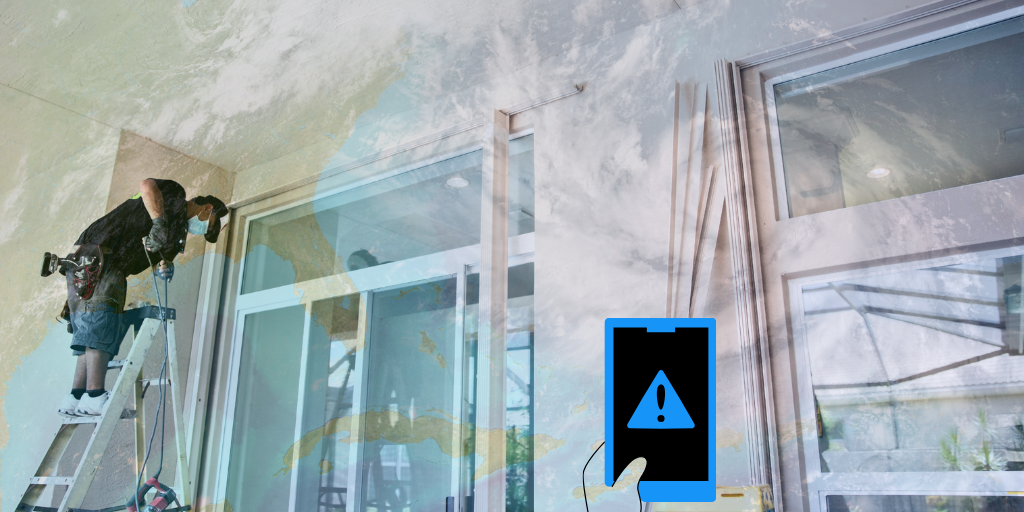
2. Wildfire Protection: Safeguarding Your Property from Fire Hazards
Situation: You manage a rental home in California near a wildfire-prone area. Dry leaves and overgrown shrubs surround the property, increasing fire risk.
Solution: Clear debris, trim vegetation, and create a defensible space around the property. Use fire-resistant building materials for roofs and siding. Educate tenants on fire safety measures, such as avoiding outdoor burning and safely storing flammable items.
💡 Tip: Homes with non-combustible roofs are 85% less likely to be destroyed by wildfires. Consider upgrading to fire-resistant roofing materials like metal or tile.
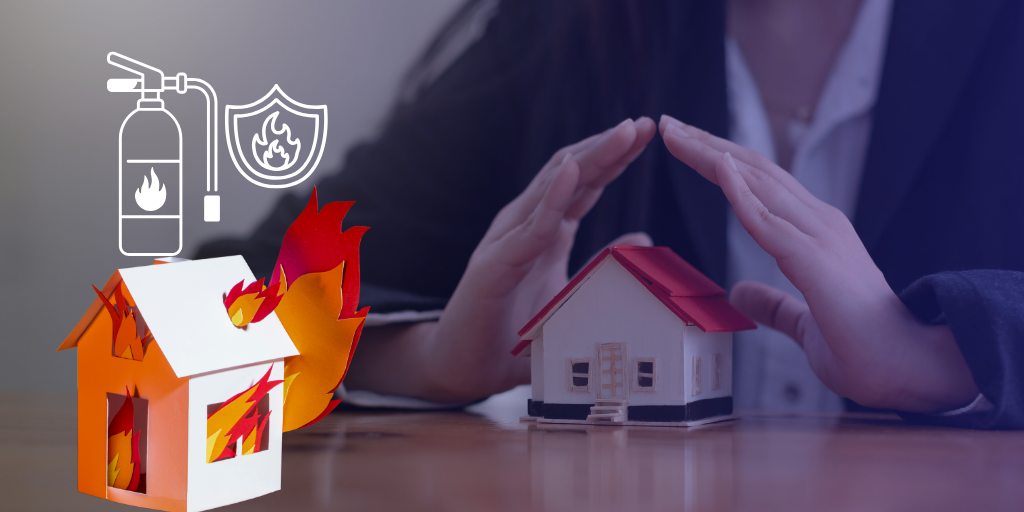
3. Earthquake Readiness: Protecting Your Rental Property from Shaking Ground
Situation: Your rental home in California sits near a fault line. A tenant reports cracks in the foundation after a minor earthquake.
Solution: Conduct routine inspections to check for structural vulnerabilities. Secure heavy furniture, install flexible gas line connections, and reinforce the foundation with seismic retrofitting. Encourage tenants to keep emergency kits with essential supplies.
💡 Tip: Many states offer earthquake insurance, which can help cover repair costs after a major quake.
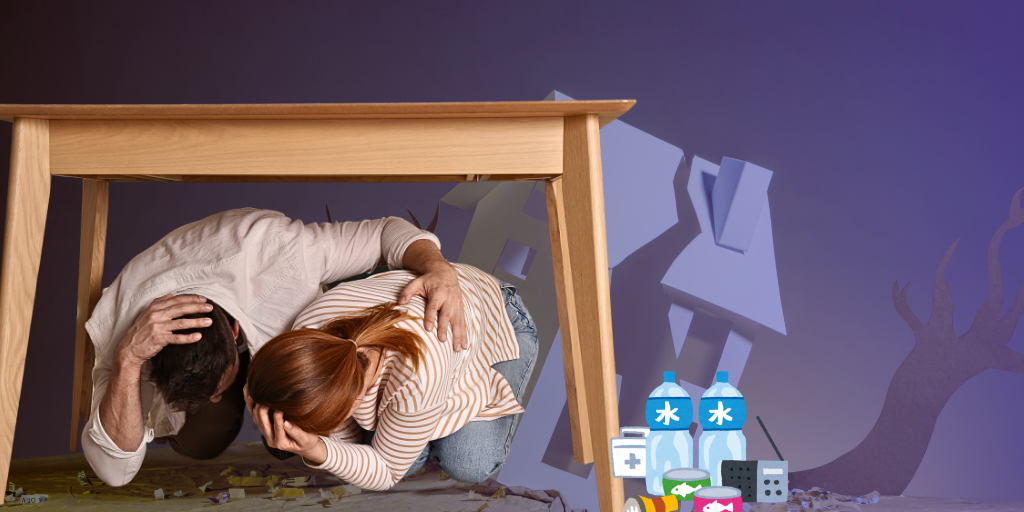
4. Winter Storm Protection: Preventing Pipe Bursts and Power Outages
Situation: A severe snowstorm hits your rental property in Colorado. Your tenant calls, saying their pipes have frozen, and they have no heat.
Solution: Before winter, insulate pipes, clean gutters, and ensure the heating system is in good condition. Advise tenants to let faucets drip during freezing temperatures and keep cabinets open to allow warm air to circulate around pipes.
💡 Tip: Pipe insulation can reduce the likelihood of freezing by 80%, preventing costly water damage.
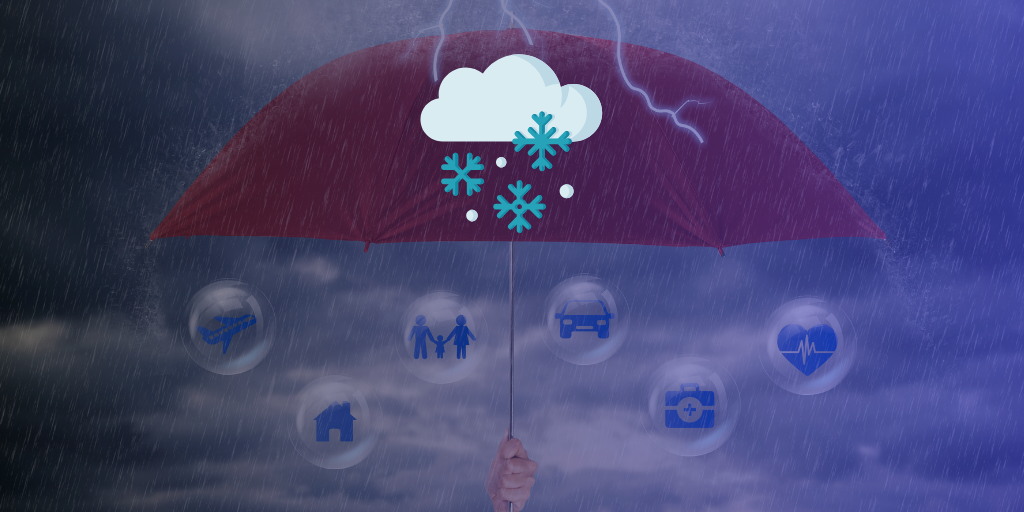
Conclusion
What steps have you taken to protect your rental property from natural disasters? Being prepared is more than just a precaution—it’s an investment in the safety and longevity of your property and the well-being of your tenants.
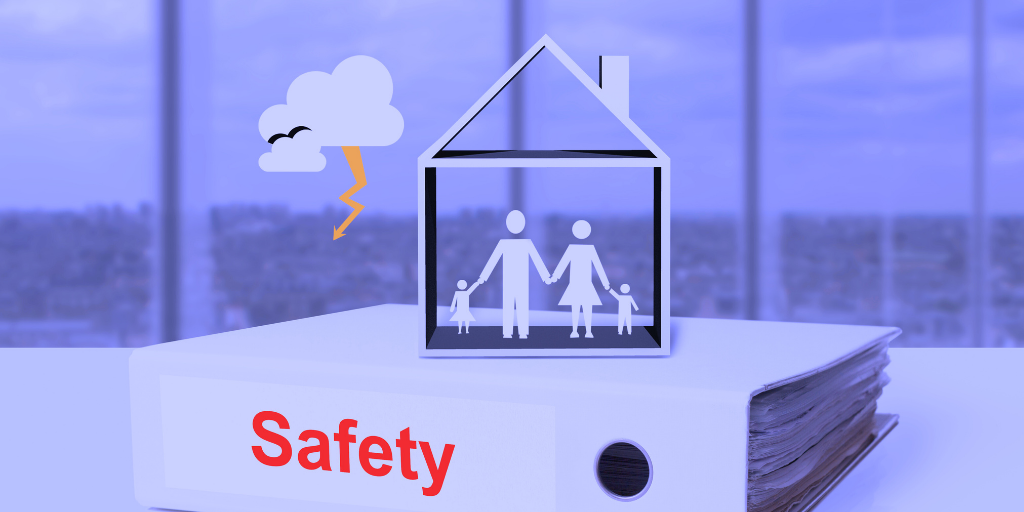
For more helpful insights on property management and disaster preparedness, visit Rent Easy Nola. Let’s work together to keep your property safe and stress-free!


